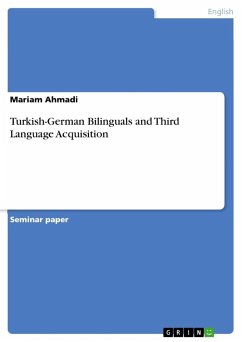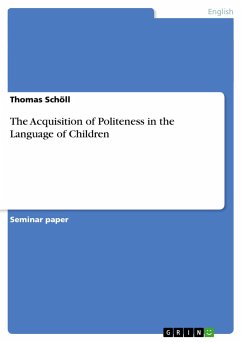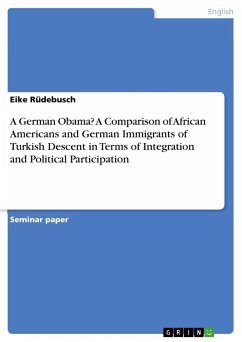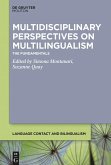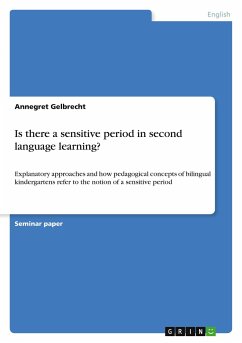Seminar paper from the year 2015 in the subject English Language and Literature Studies - Linguistics, grade: 1,7, University of Hamburg, course: The Structure of English- Linguistik Vertiefung, language: English, abstract: This paper deals with the process of third language acquisition by Turkish immigrants in Germany. This process is unique and distinct from their first and second language acquisition, as it is influenced by first and second language acquisition.Cultural diversity in different societies around the world, in the 21st century, places a great emphasis on the value of language acquisition. Whether it is in business, politics or other international interactions, and further aspects of life, in particular education, language acquisition has become more and more important. As a result, bilingualism is seen as a norm rather than an exception in many societies around the globe. Although considered fairly recent, linguistics have studied the acquisition of a first language by infants and second language acquisition in children and adults with varying approaches in the past decades. However, people are not only increasingly exposed to numerous languages in multilingual settings but they are also learning them. This is ascribed to the movement of people from one society to another resulting in an increased contact with different cultures.Due to that fact, researchers have begun to put an emphasis on studies about multilingualism and the distinct acquisition of languages past a second non-native language. While many researchers classified any non-native language acquisition as second language acquisition in the past, recent studies discuss the phenomenon of third language acquisition. In this day and age it has become common that migrants who are proficient in their native language and have moved to or are born in a multicultural country will not only learn the official language of that same country but also an additional foreign language. Because of this growing phenomenon bilingualism and its effects on third language acquisition have also gained more attention by researchers in linguistic studies.According to the Federal Statistical Office of Germany and a microcensus which has been conducted in the year 2013, 16.5 million out of the total population of roughly 81 million people in Germany had a migrant background. The largest ethnic group of immigrants, who either migrated to Germany or were born in Germany as second generation immigrants, is comprised of Turks. On this account language acquisition of Turks living in multicultural Germany and their integration in terms of language is significant to the study of third language acquisition.
Hinweis: Dieser Artikel kann nur an eine deutsche Lieferadresse ausgeliefert werden.
Hinweis: Dieser Artikel kann nur an eine deutsche Lieferadresse ausgeliefert werden.

